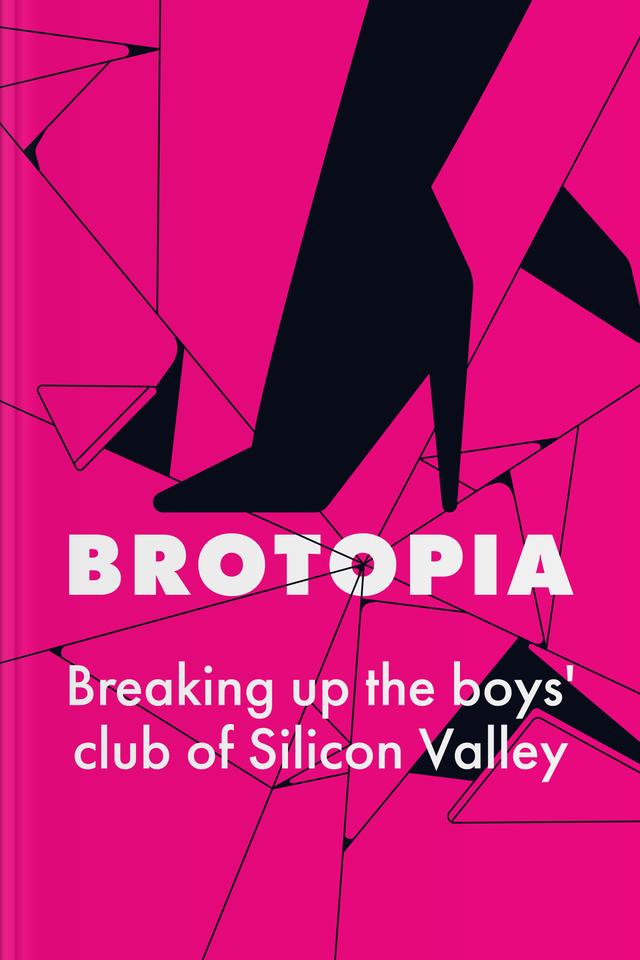You’ll learn
- Female influence and male monopoly in the tech industry
- How gender imbalance enhances sexism
- About sexual harassment in the workplace
- The barriers women face when starting a company
russia has launched a full-scale war in Ukraine. Donate to support Ukraine and protect the world’s peace.

first KEY POINT
James Brown’s most famous song is “It’s a Man’s Man’s Man’s World.” Many people find truth in the lyrics claiming that the world belongs to men even if their deeds are devoted to women. This sexist and discriminating perspective limits the vision of what this world could be if both sexes contributed to progress and creativity.Men have competed with women for centuries and often refused to play fair. Women’s vulnerability became a ground for men to advance and harass their female colleagues at work; Silicon Valley has silenced many scandals to save its reputation and money.Male-centered attitudes and discrimination are why so many women cannot enter the technology industry and struggle to stay employed, facing further humiliation, sexism, and racism. For example, only 20% of Google tech workers in 2017 were women. Moreover, women abandon their technical jobs twice as fast as men because they feel unsafe in a hostile and discriminative environment.Furthermore, women who want to start a company and need investments face male indifference, as some men still believe that women must cook, clean, and babysit, not rule the country, run a firm, or code. All professional spheres lack female employees, even though more women than men are graduating from college these days.
This world needs another perspective to progress steadily and positively. Women must design artificial intelligence, construct buildings, advance technology, and introduce critical scientific changes as men do; otherwise, this world will remain “the man’s world,” with females living and working on the margins of progress and history.In this summary, you’ll discover the nature and reasons for sexism and how it affects Silicon Valley, preventing women from the success and safety they deserve.
second KEY POINT
How would computer games look if more female developers worked in tech? What new apps and features would the iPhone have if Apple’s CEO was a woman? These questions may sound trivial, but they could have changed the world if we had answered them years ago. When Telle Whitney started college in 1973, she had no idea she would end up in the tech world. When she tried programming at the University of Utah, she enjoyed it immensely. However, the awkward atmosphere in the classroom complicated her studies. She was the only female student in her class. Her classmates and professors struggled to treat her as a female professional. Such an environment forced Whitney to hide her womanly curves in oversized T-shirts to ease the tension and make communication with her colleagues more comfortable.This example is one of many where men set the rules for what is acceptable and comfortable based on their views; women must accommodate and make necessary changes to continue their work or studies. In the end, few women receive the deserved recognition. For example, six chosen women were the first to program the ENIAC, the first U.S. computer. However, the press did not mention any of the female scientists when describing the new technology and its creators in 1946.Female scientists were the first programmers in history. While men focused on the manual part of engineering, women worked on the software of the soon-to-be computers. The harmony didn’t last long, though, as in the 1960s, the tech industry went from science to magic. Many CEOs believed that a candidate’s traits directly affected the quality of their work. Therefore, they selected the employee not only by their degree or knowledge but also by their sex. Somehow, the image of a professional coder acquired a male shape.

Continue reading with Headway app
Continue readingfirst KEY POINT
second KEY POINT
third KEY POINT
fourth KEY POINT
fifth KEY POINT